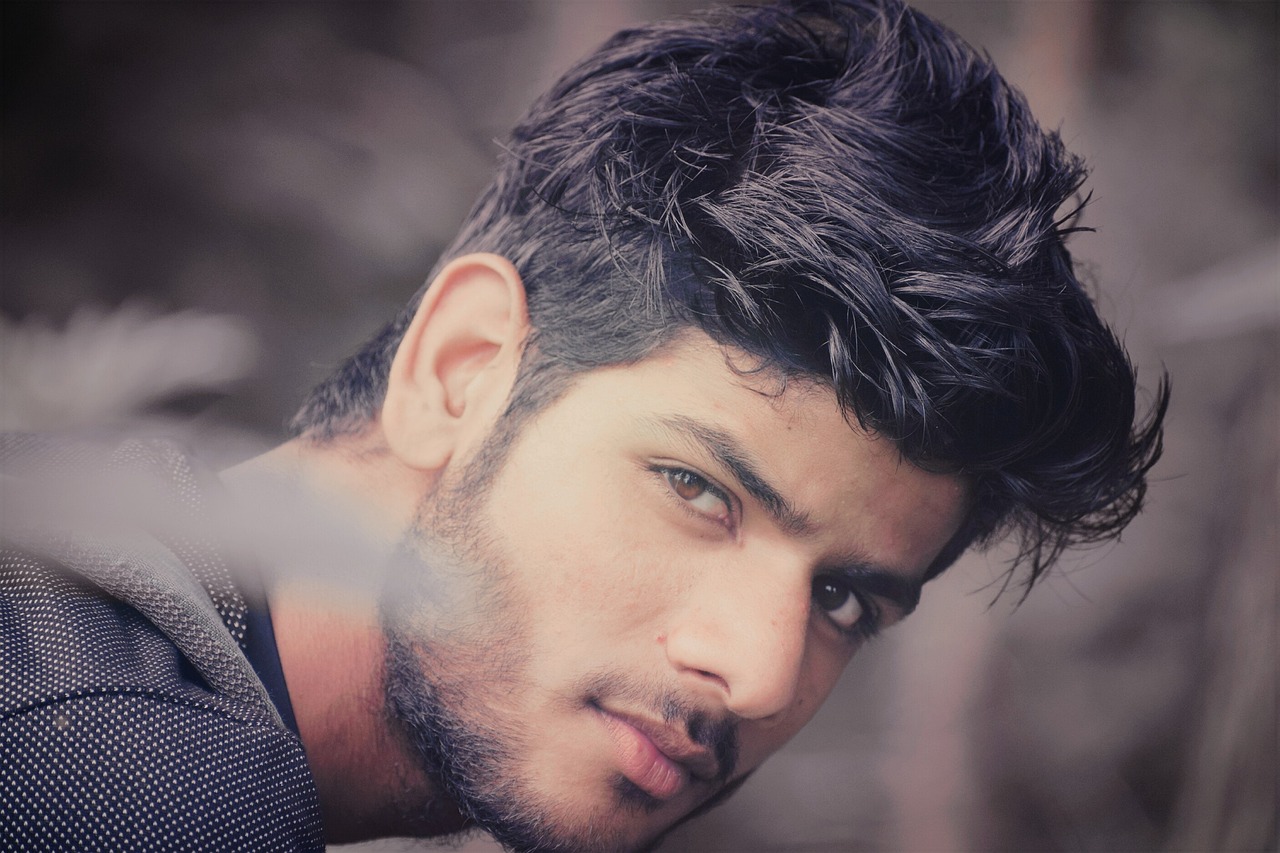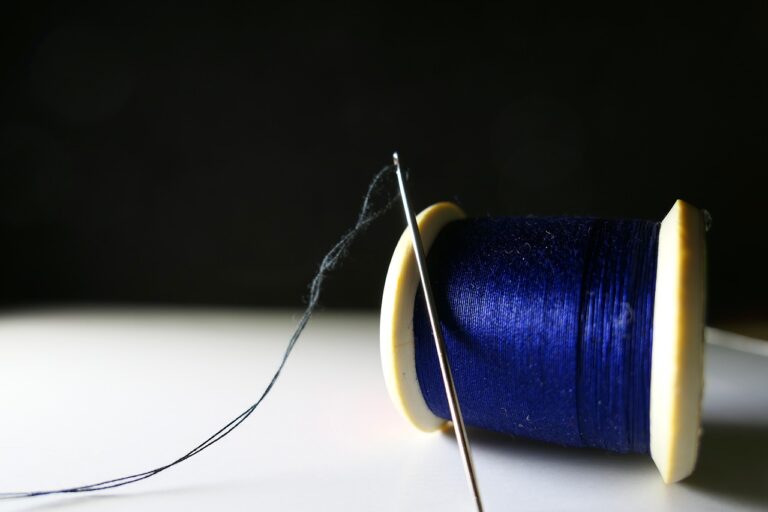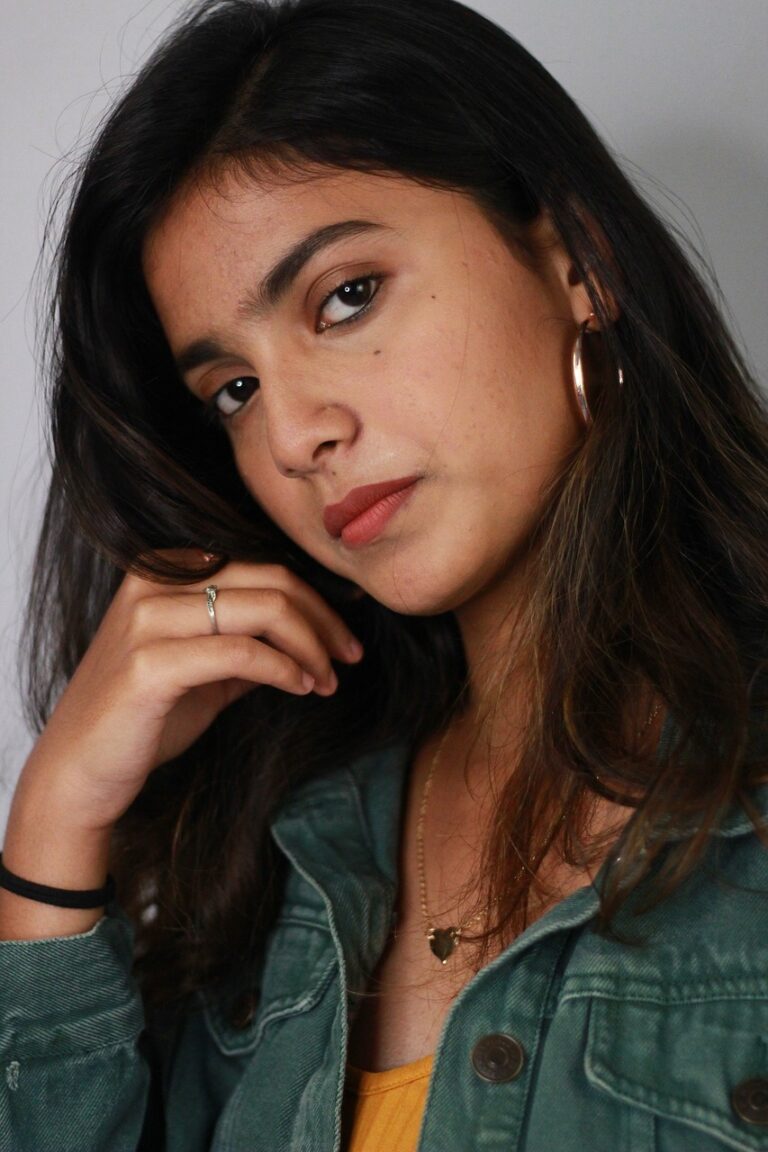The Evolution of Fashion Photography: From Analog to Digital
Analog fashion photography has a rich history that dates back to the early 19th century when the first permanent photograph was produced. The evolution of analog fashion photography can be traced through the various advancements in camera technology, film development, and printing techniques. Throughout the decades, photographers experimented with different styles and approaches to capture the ever-changing world of fashion.
One of the defining characteristics of analog fashion photography is the meticulous process involved in creating each image. From setting up the shot to developing the film in a darkroom, photographers had to master each step of the process to achieve the desired aesthetic. The use of film cameras also added a sense of nostalgia and authenticity to the images, creating a unique visual appeal that is difficult to replicate with digital photography.
Transition to Digital Fashion Photography
The advent of digital technology marked a significant turning point in the realm of fashion photography. With the shift from traditional analog methods to digital techniques, photographers were able to explore new creative possibilities and enhance the quality of their work. One of the key advantages of digital photography is the ability to instantly view and edit images, allowing for greater flexibility and control over the final product.
Moreover, the transition to digital fashion photography revolutionized the way images were produced and shared. The ease of sharing digital photos online enabled photographers to reach a wider audience and connect with global communities. Additionally, the accessibility of digital cameras made it easier for aspiring photographers to enter the industry and experiment with different styles and techniques.
Impact of Technology on Fashion Photography
Technology has vastly revolutionized the world of fashion photography, forever changing the way images are captured, edited, and shared. Digital cameras now dominate the industry, offering high-resolution images and instant feedback for photographers to adjust their shots on the spot. This efficiency has allowed for quicker turnarounds in delivering final images to clients and has pushed the boundaries of creativity in the field.
Furthermore, the rise of editing software like Photoshop has enabled photographers to manipulate images in ways that were once unimaginable, leading to surreal and visually captivating photographs. The accessibility of these tools has democratized the art of fashion photography, allowing aspiring photographers to experiment and refine their skills without the need for expensive equipment or film processing.
How has technology influenced the evolution of fashion photography?
Technology has played a significant role in transforming fashion photography from analog to digital formats, providing photographers with more advanced tools and techniques to enhance their work.
What are some benefits of digital fashion photography compared to analog?
Digital fashion photography allows for instant viewing of images, easier editing and manipulation, and quicker sharing of photos online, providing photographers with greater flexibility and efficiency in their work.
How has the use of technology in fashion photography impacted the industry?
The use of technology in fashion photography has led to a more competitive and fast-paced industry, with photographers constantly adapting to new trends and techniques to stay relevant in the digital age.
What are some popular technological tools used in fashion photography today?
Some popular technological tools used in fashion photography today include high-resolution digital cameras, advanced editing software, and online platforms for showcasing and sharing images with a global audience.
How can aspiring fashion photographers embrace technology to improve their work?
Aspiring fashion photographers can embrace technology by staying updated on the latest trends and tools in digital photography, experimenting with new techniques, and continuously honing their skills to produce high-quality and captivating images.







